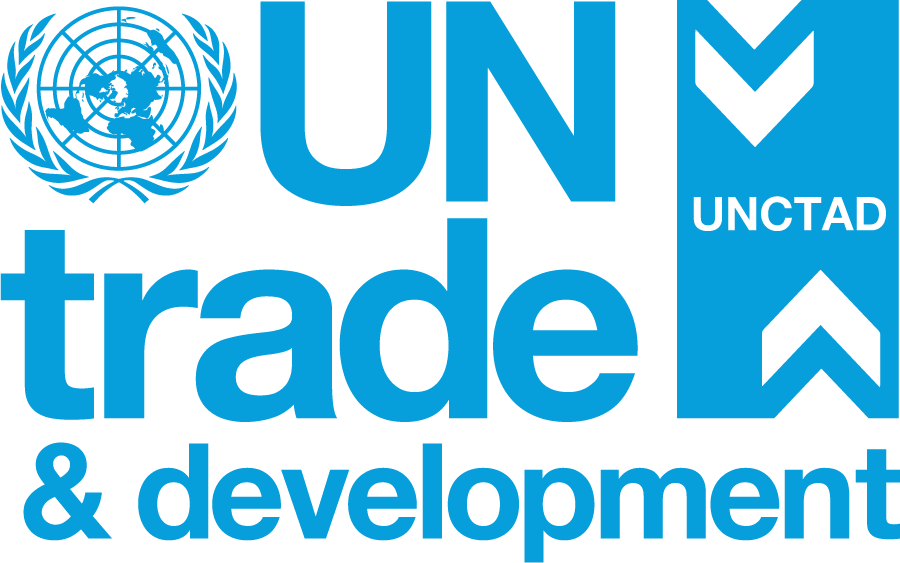Statisticians try to measure illicit financial flows
Statisticians have their eye on criminal supply chains and are collaborating to find ways to better map and measure illicit financial flows.
Accounting of trade and financial flows is easier when the money is legitimate. But how do you measure the impact of illicit financial flows when the cash is technically invisible or deliberately hidden?
A joint workshop to help Latin American countries delve into these murky waters – and measure them – was held by the United Nations Office on Drugs and Crime (UNODC) and UNCTAD in Mexico City in November.
“Statisticians are required to measure illicit financial flows, but it is a huge challenge,” said UNCTAD’s head of statistics and information, Steve MacFeely.
The regional technical meeting on measuring illicit financial flows related to criminal activities focused on target 4 of the Sustainable Development Goals (SDG) indicator 16.4.1.
Participants from Colombia, Ecuador, Mexico, Peru and Panama discussed how countries can best integrate or reconcile the measurement of criminal and illicit flows – and the off-book sub-economies they create – with their national accounts and balance of payments.

Subject matter experts also attended from Italy, Indonesia and international organizations such as the International Monetary Fund (IMF) and Transcrime.
Accounting for crime
The meeting focused on criminal activities such as illegal drug production and trafficking and prostitution.
“The Italian case was fascinating. They have incorporated illegal drugs and prostitution into their national accounts,” Mr. MacFeely said.
“The main lesson was that this was not easy to do, but that it can be done,” he said, adding that it may be possible to adapt a similar approach for other types of illicit activities.
One approach the meeting considered is the development of a criminal activity satellite account.
“This would provide a framework linked to the central accounts and would help statisticians to focus on specific criminal activities in the context of the wider national accounts,” Mr. MacFeely added.
Participants worked through several case studies, covering drug trafficking and smuggling, to understand how criminal supply chain should be captured in the national accounts.
Digital crime
An essential aspect of this work was to understand the distinction between income generation operations and income management operations.
“This means distinguishing between the criminal activities that generate the income and the subsequent activities to manage that income, for example, investments,” he said.
Organized crime is increasingly using digital avenues to facilitate trade and manage incomes. One issue discussed is whether crypto-currencies are an important facilitator of illicit financial flows.
“No-one quite knows the impact of crypto-currencies on illegal economies, this will probably need to be addressed in the coming years,” Mr. MacFeely noted.
Doubling up
Another consideration for the group was how to understand illicit flows in the context of the legitimate national economy and how to avoid double-counting.
“Double counting is always an issue,” said Mr. MacFeely. “Particularly where the ‘goods’, in this case drugs, are transiting through several countries and may be altered at each stage.”
“There can be double counting when we compare imports and exports of different countries, but also when we compare intermediate production and final consumption.”
Hitting SDG targets
The 2030 Agenda for Sustainable Development, the United Nations blueprint adopted by countries in 2015 to address social, economic and environmental problems and iniquities, depends on reliable measurement.
“These flows need to be accounted for and understood so we can understand progress towards targets in the 2030 Agenda and inform policies to help achieve that,” said Mr. MacFeely.
The 17 SDGs are the core of the 2030 Agenda, and SDG 16 focuses on peace, justice and strong institutions.
Target 4 of SDG 16 calls for illicit financial and arms flows to be “significantly reduced”.
It also aims to strengthen the recovery and return of stolen assets, and combat all forms of organized crime, with the goal of promoting peaceful and inclusive societies.


